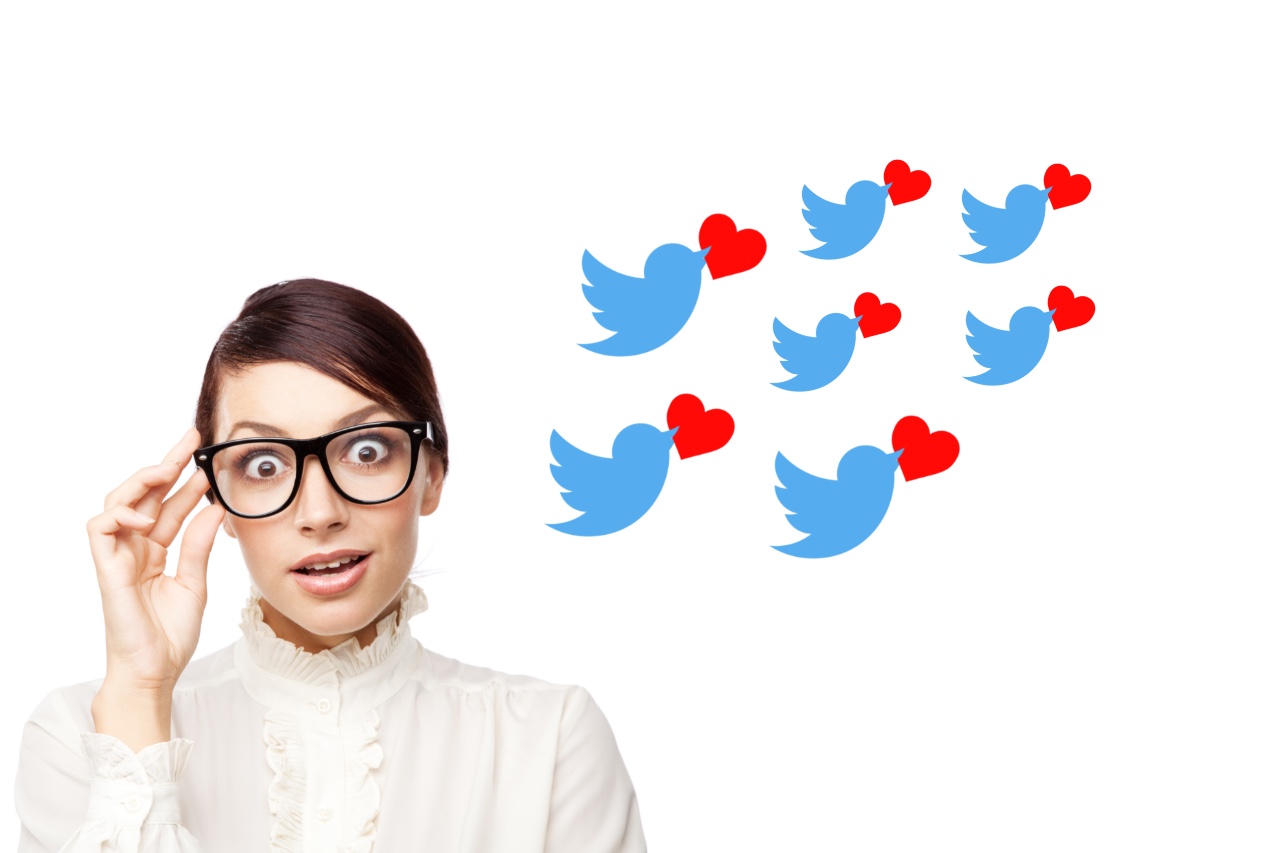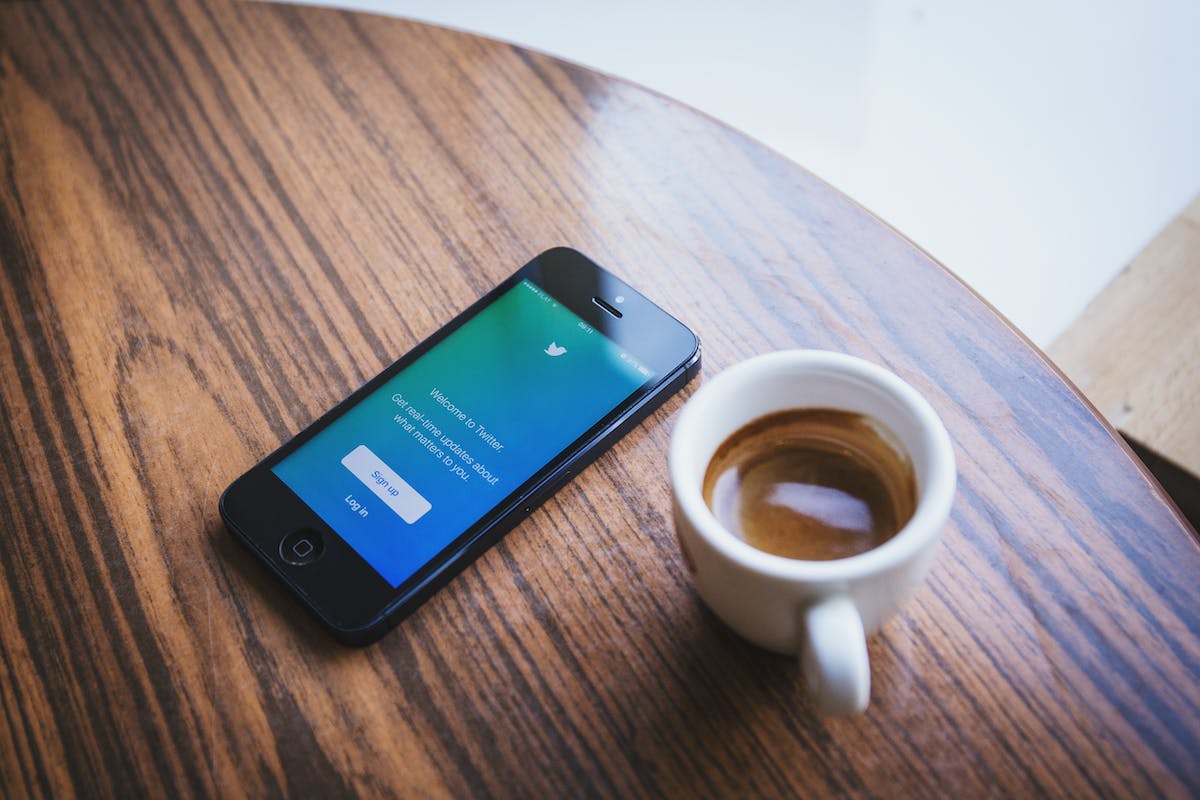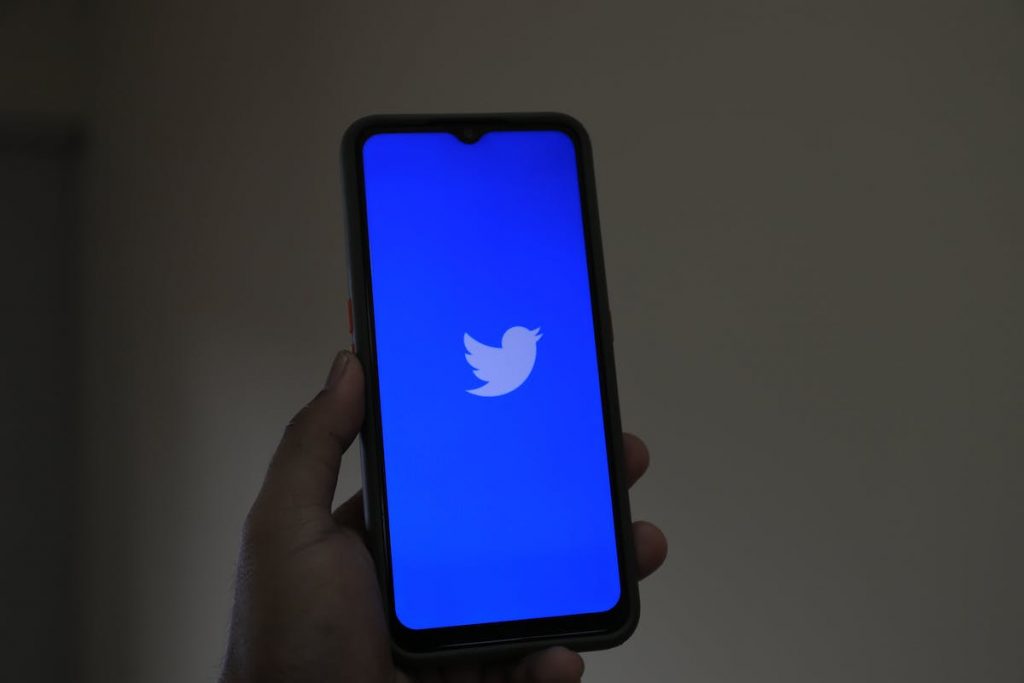The surge of social media has transformed how individuals interact, with platforms like Twitter leading the charge. With its concise post format and real-time updates, Twitter has become a hub for diverse discussions and networking opportunities.
However, free-flowing conversations can sometimes take a bitter turn, leading to disagreements or unwanted interactions. Users may choose to block others to curate their digital space or ward off negativity. This leads to the pertinent question: who blocked me on Twitter? This article will delve into finding the answer and understanding the implications of being blocked on Twitter.
Blocking On Twitter
What Blocking Means on Twitter
Blocking is a tool that helps maintain a user-friendly and respectful environment on Twitter, ensuring that individuals can engage in discussions or share their thoughts without being subject to harassment or other unwanted interactions. It is a feature that allows users to control their interactions and the content they see on the platform.
When a user decides to block another, the blocked user is prevented from following or viewing the blocker’s tweets, and similarly, the blocker will not see any tweets from the blocked user. The blocked user is also prevented from sending Direct Messages to the blocker, and any existing Direct Messages from the blocked user will be hidden.
Implications of Being Blocked on Twitter

Being blocked on Twitter has several implications, affecting how users interact on this expansive social network. The most direct implication is the limitation in interaction with the blocking user. You won’t be able to view their tweets, mention them, or engage with their content in any way. This segregation also extends to Direct Messages, where any existing conversation with the blocking user will be hidden, and further communication is prevented.
Additionally, being blocked can sometimes be a reflection of online disputes or personal disagreements. It can feel isolating and may impact one’s social experience on Twitter. However, it’s also an indicator of the boundaries set by individuals to maintain their online safety and mental well-being. While being blocked can feel like a setback, it’s essential to respect the privacy and decisions of others on the platform, as it’s a part of fostering a respectful digital community.
Reasons Individuals Might Block Others
Individuals may block Twitter contacts for various reasons, each typically rooted in personal, safety, or professional concerns. Here are some common motives behind the act of blocking on this platform:
- Privacy Concerns: People intrinsically value their privacy, and this extends to the digital realm. Individuals may block others whom they perceive as threats to their personal or professional privacy. This could range from complete strangers to acquaintances or even known individuals who are perceived to be overstepping boundaries. The act of blocking serves as a barrier, helping individuals maintain a sense of privacy and control over who can interact with them or view their content on Twitter.
- Harassment: The unfortunate reality is that online platforms can serve as channels for harassment. Individuals may block others from engaging in harmful, abusive, or derogatory behavior to shield themselves from such negative interactions. Blocking acts as a self-protective measure, enabling users to create a safer online environment for themselves.
- Disagreements: Disagreements are a natural aspect of any social interaction, but on platforms like Twitter, they can sometimes escalate to unpleasant levels. Whether these disagreements are political, personal, or otherwise, they may reach a point where individuals feel the need to block and disengage from further interactions to preserve their mental well-being and ensure a more positive social media experience.
- Spamming: Spam and unsolicited marketing are common nuisances on social media platforms. Individuals might block others who engage in spamming or unwanted marketing to reduce the clutter on their timelines and maintain a clean, engaging Twitter experience.
- Maintaining a Professional Image: Professionals often use Twitter to build and maintain a professional image. They might block individuals who engage in slander, share inappropriate content, or otherwise pose a threat to their professional reputation. Blocking in such cases helps to uphold a respectable and professional online presence.
- Preventing Stalking: In more severe cases, individuals might block others to prevent stalking or other intrusive behavior that could threaten their safety online and offline. Blocking is a crucial tool to help mitigate such risks, providing security and peace of mind.
Who Blocked Me On Twitter? Different Ways To Know

Methods and Tools Available
- Checking a User’s Profile: The most straightforward method to check if someone has blocked you on Twitter is by visiting their profile. If you are blocked, Twitter will display a message stating that you have been blocked by this user. However, this method requires you to have a suspicion or knowledge about who might have blocked you.
- Searching for Their Tweets: Another method is to search for the user’s tweets. If you are blocked, their tweets will not appear in your search results. You can use Twitter’s search bar to look for their username or any tweets you remember them posting. Again, this method is more effective if you have a particular user in mind.
- Using Third-Party Apps or Websites: There are several third-party applications and websites that claim to provide information on who has blocked you. These tools often require you to log in with your Twitter account to analyze your followers and following lists for any discrepancies. Examples of such tools include Block Together, Blolook, and others. It’s important to note that the effectiveness and accuracy of these tools can vary, and they may require access to your Twitter data to function.
- Browser Incognito Mode: If you suspect a particular user has blocked you, you can open a private or incognito window in your web browser, then navigate to Twitter and check the user’s profile without logging in. If the user’s tweets are visible in incognito mode but not when you’re logged in, it’s likely you’ve been blocked.
Limitations and Potential Inaccuracies
All these methods come with certain limitations and potential inaccuracies. For instance, directly checking a user’s profile or searching for their tweets requires prior suspicion about who might have blocked you, which is not always the case. Moreover, Twitter’s privacy settings or a user’s decision to make their profile private can also hinder your ability to determine if you’ve been blocked.
Third-party apps and websites may provide inaccurate information or may no longer function correctly due to changes in Twitter’s API or privacy policies. Additionally, some tools might not be updated frequently or may misinterpret the data, leading to false results.
Potential Risks or Ethical Considerations
- Privacy Risks with Third-Party Tools: Utilizing third-party tools to determine who has blocked you on Twitter could expose your personal data to unknown or untrustworthy entities. These tools often require access to your Twitter account and, in doing so, may gather, store, or even misuse your personal information. This raises significant privacy concerns and may lead to unsolicited communications or, in severe cases, identity theft.
- Violation of Twitter’s Terms of Service: Employing third-party tools or other methods to circumvent blocking may violate Twitter’s terms of service. Engaging in actions that are against the platform’s rules can result in account suspension or termination. This not only disrupts your social networking experience but could also tarnish your digital reputation.
- Disregard for Privacy and Boundaries: Ethically, attempting to bypass a user’s decision to block you shows a disregard for their privacy and personal boundaries. Such behavior can be perceived as intrusive and disrespectful, undermining the ethos of consent and mutual respect that should govern online interactions.
- Potential Harassment: Continuously trying to find workarounds to view the content of or interact with someone who has blocked you could border on harassment. This behavior is against the principles of respectful online interaction and could cause distress or fear in the individuals being pursued.
- Negative Impact on Mental Health: Obsessing over who has blocked you and why can lead to a negative social media experience. It may foster feelings of rejection, anxiety, or low self-esteem, which could, in turn, affect your mental health. Social media platforms should be spaces of positive interaction and learning, not sources of stress and anxiety.
- Unhealthy Digital Behavior: Engaging in a relentless pursuit to identify blockers can contribute to unhealthy digital behavior. It might encourage an obsessive or confrontational approach towards social media, which is detrimental not only to individual users but to the broader digital community.
- Impact on Digital Reputation: Engaging in actions to circumvent blocks or using unauthorized tools can negatively impact your digital reputation. Other users may view such behavior as invasive or desperate, which could hinder personal or professional relationships and opportunities within the digital space.
- Respect for Digital Autonomy: Each user has the right to curate their digital environment, including who they interact with or whose content they view. Respecting this digital autonomy is crucial for maintaining a respectful and harmonious online community. By accepting blocks
Final Thoughts

Navigating the digital realm, particularly platforms like Twitter, requires a balance between engaging with trending discussions and respecting individual boundaries. Being blocked may feel disheartening, but it’s essential to remember that each user’s digital autonomy contributes to the broader discourse and trends on Twitter. Individuals can foster a respectful digital community by focusing on positive interactions and staying updated with Twitter trends, ensuring a wholesome social media experience for all.
